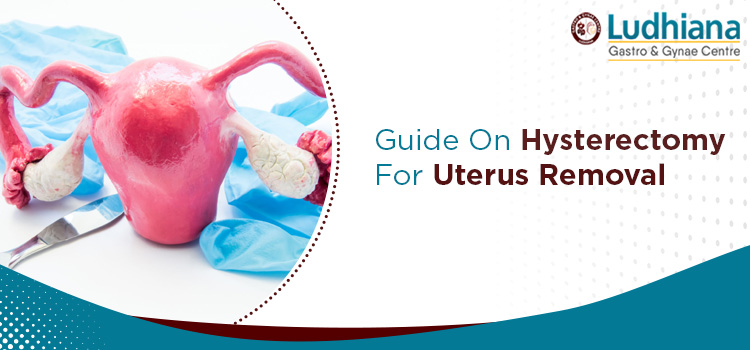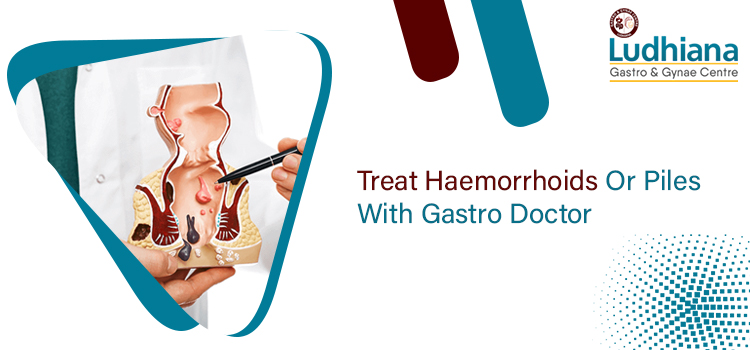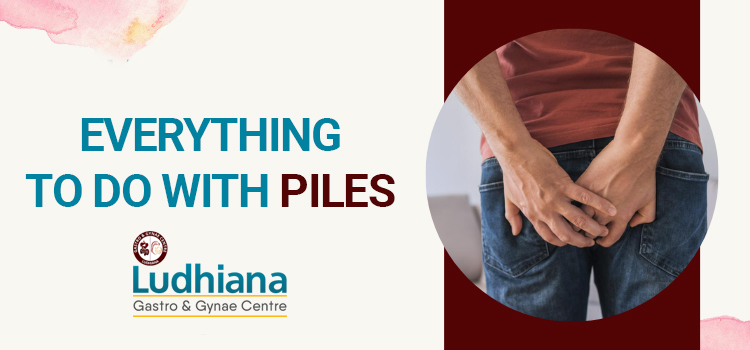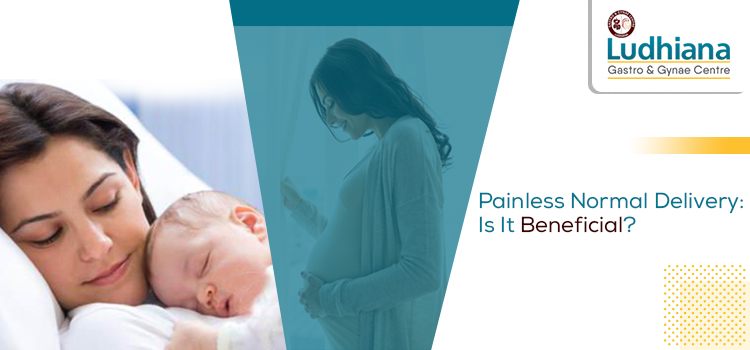Hysterectomy Procedure
Hysterectomy happens for uterus removal in the area where the baby grows, and it’s done partially or entirely. The hysterotomy includes various types of surgery. The doctor checks your detailed medical history and carefully analyzes the necessary reasons to perform surgery. Certain conditions require you to undergo the Abdominal Hysterectomy in Punjab to help improve your overall well-being.
Types of Hysterectomy
| Partial Hysterectomy | Removal of the upper part of the uterus and cervix stays in its place. |
| Total Hysterectomy | Removal of the entire uterus and cervix region. |
| Radical Hysterectomy | Surgery for cancer patients that requires upper cervix, uterus, and tissue lining removal on the cervix side. |
If you notice excess pain in your abdomen, you need to consult one of the best gastro doctors in Ludhiana. The doctor’s expertise allows you to know what’s better and how the situation can be manageable.
Reasons for Hysterectomy
Hysterectomy happens to address various problems linked to your female reproductive tract. The possible conditions are:
- Non-cancerous tumors or fibroids
- Long-term pelvic pain
- Cancer present in the region of the cervical, uterine, ovarian, or fallopian tube
Screening tests are required before Hysterectomy
Before the surgery, the doctor checks your entire medical condition to rule out the specific problem. Finding the reason helps to know which treatment is needed for your present state. You must schedule an initial consultation with a medical expert if you are undergoing any medical condition before surgery.
Procedures to perform Hysterectomy Surgery
- Vaginal Hysterectomy
During a vaginal hysterectomy, the uterus is removed through a cut in the top area of the vagina. You will be administered general or regional anesthesia so you don’t experience much discomfort. The surgeon makes an incision to reach the uterus and separates the ovaries, fallopian tubes, and adjoining connective tissues.
- Abdominal Hysterectomy
During abdominal hysterectomy, the surgeon makes an incision in the lower abdomen area through 2 methods, namely:
- Vertical incision
- Horizontal incision
- Laparoscopic Hysterectomy (keyhole surgery)
The doctor makes a small incision in the lower abdomen so that it’s easier to perform uterus removal. The procedure is minimally invasive and performed under general anesthesia. Additionally, the laparoscope helps the surgeon to view everything properly.
Recovery following hysterectomy surgery
The recovery timeline depends on what procedure you have selected. Additionally, the surgeon will tell you better what needs to be done next. The recovery timelines vary for different functions like:
- Abdominal Hysterectomy: 4 to 6 weeks
- Vaginal Hysterectomy: 3 to 4 weeks
- Total laparoscopic or robotic-assisted laparoscopy: 2 to 4 weeks
Additional measures to take during hysterectomy recovery
- Do not lift any heavy object for at least 4 to 5 days
- Abstain from sexual intercourse for six weeks
- Make sure to get proper rest after the surgery
Final word
Hysterectomy surgery is one of the most beneficial ways to address pelvic pain and other problems.






